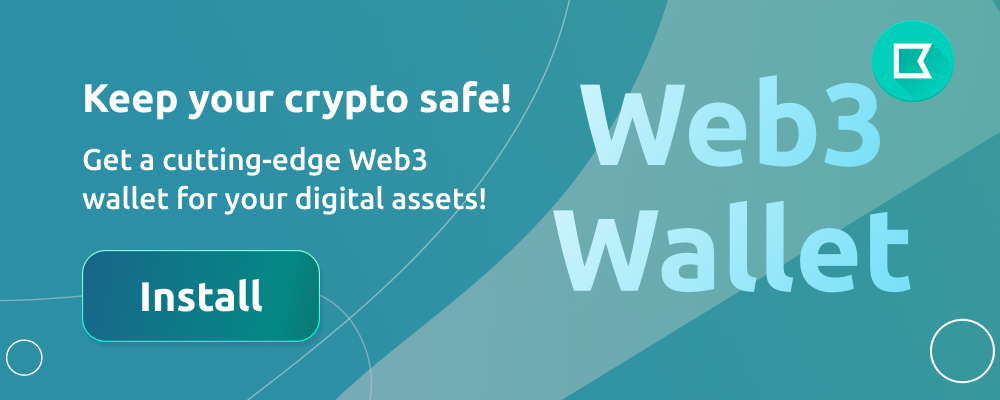

Ethereum Mist Wallet ÐApp Review
The Ethereum Wallet allows you to make two kinds of wallets - a simple wallet and a multisig wallet. The wallet runs on top of a full node so, be patient, it will take a while for the blockchain to be downloaded on your PC. As of 22nd of January 2016 the blockchain is 2.5 GB in size, depending on your internet connection speed it can take anywhere between a 20 min and a few days.
The wallet allows you to do more than just sending and receiving money. There is a whole section in there you can deploy contracts, manage contracts and interact with them. As well as add token contracts, which follow the standard token API.

The simple wallet works like a normal account with extra features being added at present. It has a really nice GUI and for most people, it will be a lot easier to use than the daunting command line interface.
The multisig wallet allows you to add a number of owner accounts and set daily limits. If the amount of money being sent is above the daily limit the multisig feature kicks in requiring multiple signers to release the funds.
You can find the latest wallet release on the Ethereum Mist Releases Github page.
This wallet is still in its early stage of development so caution is advised.
Once your full not is in sync, the Ethereum Wallet DApp will find all the accounts that you created on your PC and load them into the interface (the default keystore/account path, on a PC running windows 10 is: C:\Users\<username>\AppData\Roaming\Ethereum\keystore). You will still need your password to transfer funds, but the whole process is a lot simpler with the GUI.
There is also a contract interface within the wallet. So, relax, wait for the full sync and be prepared to experience a glimpse into the world of tomorrow.

Not the most convenient wallet for me, I prefer top wallets more




